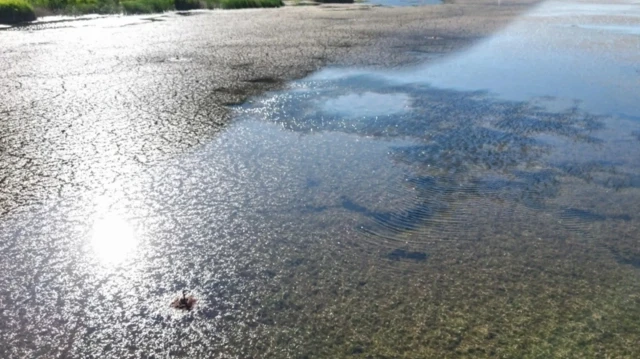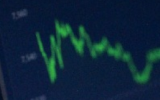
Energy and water minister says rainfall down 51% this year, calls for equitable distribution, infrastructure upgrades and drought preparedness
Lebanon is facing its worst water shortage in decades and must take immediate steps to mitigate the crisis, Energy and Water Minister Joe Saddi said Tuesday.
“Lebanon is experiencing an unprecedented water shortage,” Saddi told a press conference at his ministry in Beirut.
He said rainfall this year dropped 51% compared with the country’s annual average.
Saddi noted that while other countries prepare years in advance for such conditions by upgrading infrastructure and drafting contingency plans, Lebanon has failed to take proactive measures.
The country typically records between 700 and 1,000 millimeters (27.5 and 39.3 inches) of rain annually, mostly between December and April, he said.
“This year, rainfall dropped by 51%,” he said, adding that the number of rainy days fell from 75 to 45.
He also noted that heavy downpours overwhelmed the soil’s ability to absorb water.
The water deficit has also reduced hydropower output, cutting electricity supply from water-driven plants, he said.
Saddi outlined six urgent steps to address the country’s severe water crisis. He called for rescheduling water distribution in a fair and transparent way, preparing existing wells for immediate use and securing enough energy to keep those wells running for the longest possible hours each day.
He also called for launching a public awareness campaign to promote water conservation, mapping regions most vulnerable to drought, and developing a proactive emergency plan to prepare for future dry seasons.
Lebanon’s largest artificial lake, Lake Qaraoun, has recorded a historic 62.5% drop in water levels over the past year. In March, the Litani River Authority warned that the country is suffering its worst drought in more than 65 years.
The authority said the drop in water resources threatens the environment, agriculture, hydropower and public health, calling 2025 one of the driest years in the lake’s history.
Academic studies estimate that Lebanon needs 3.6 billion cubic meters of water annually, but only 2.6 billion are available.







